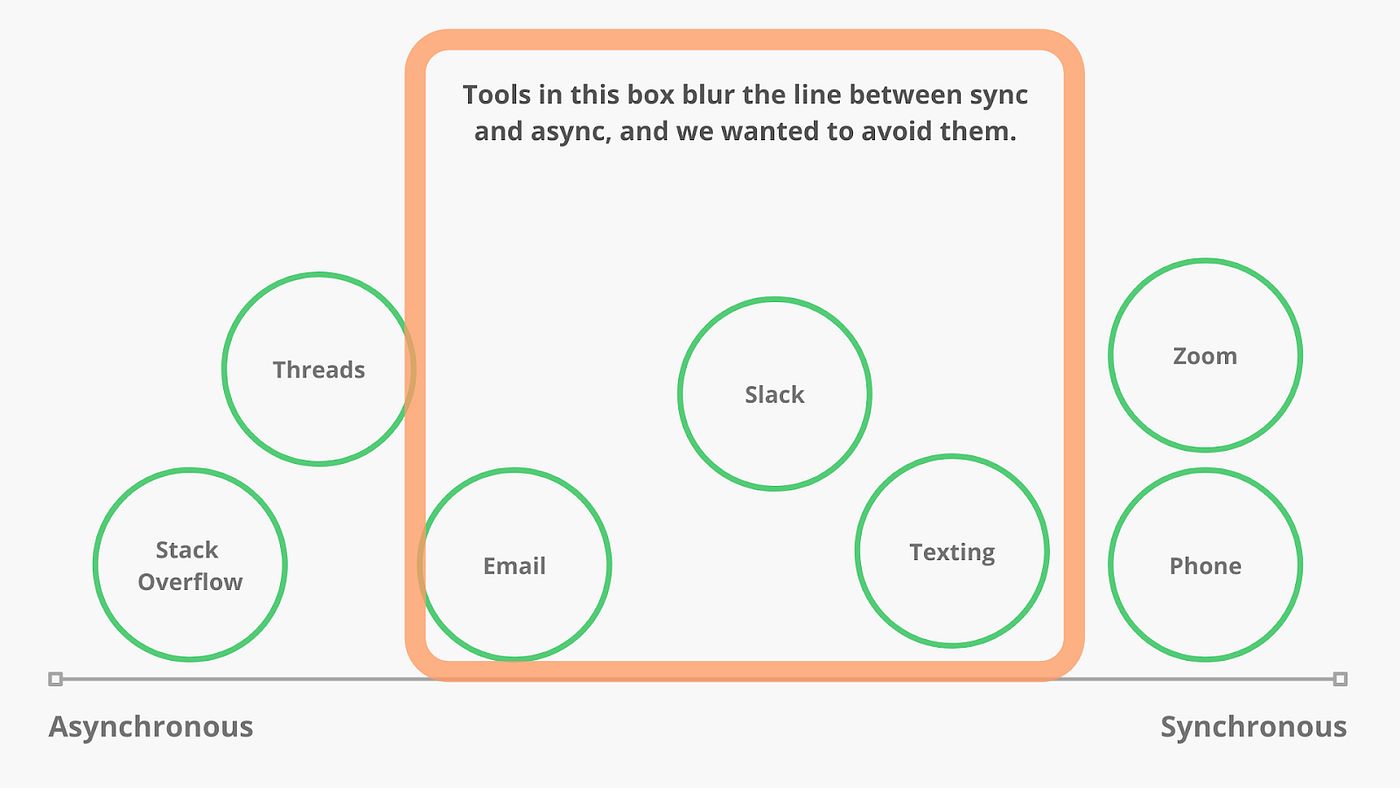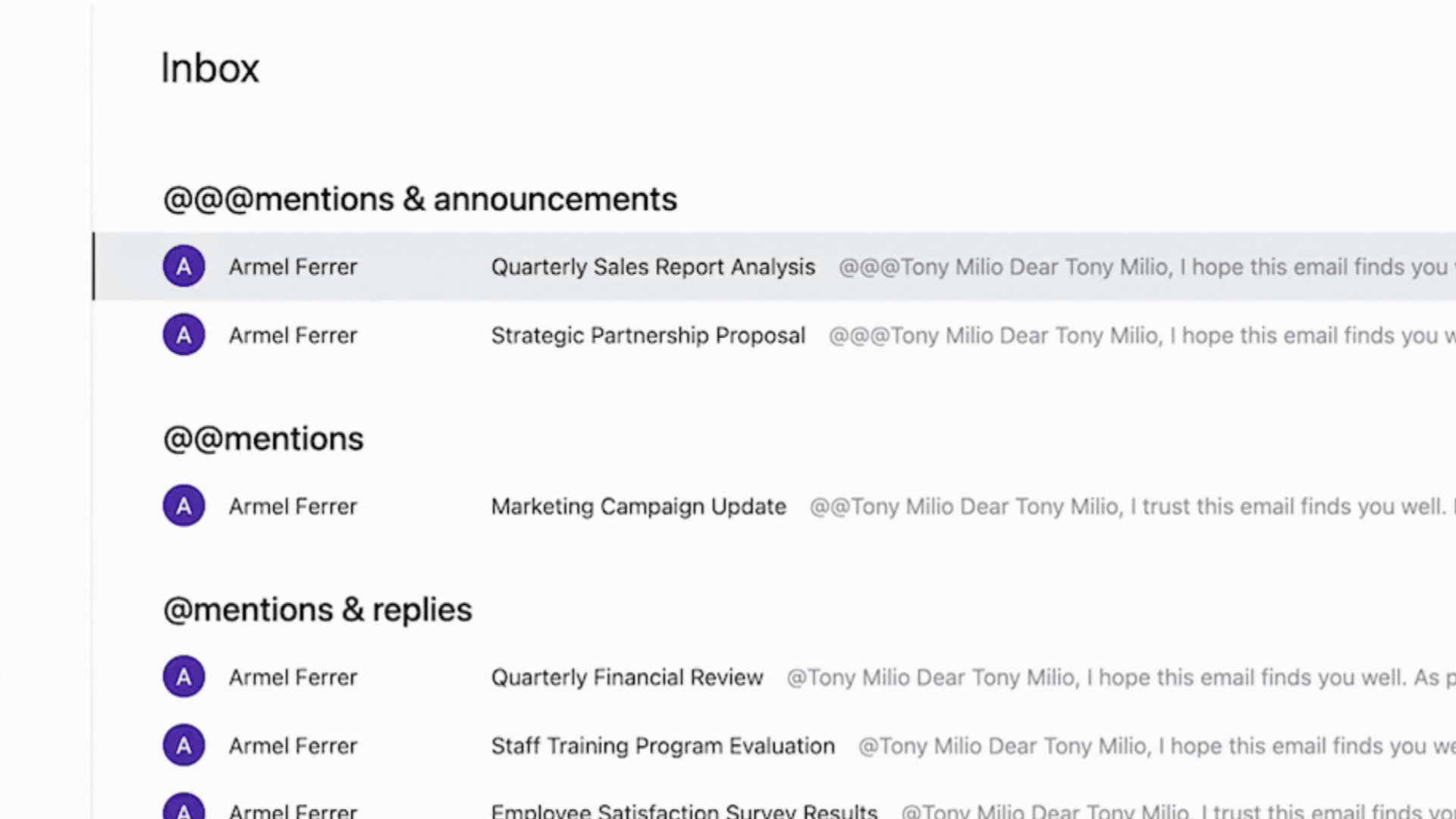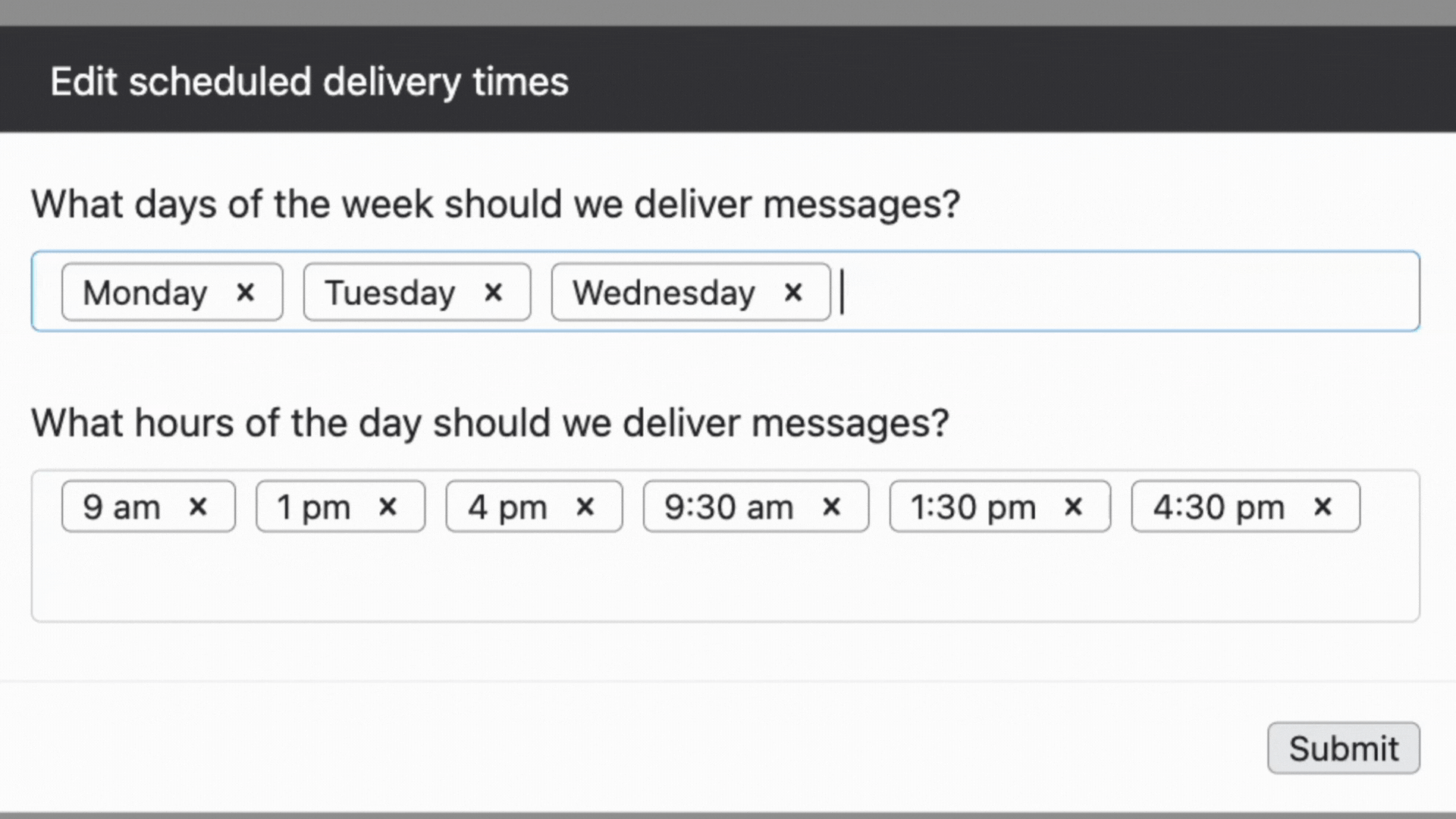When new technology comes about, we do everything we can to avoid adapting.
Early drivers shouted “woah” to stop their car. Early TV filmed people at a table, reading radio programs.

What will the next generation say about us, early remote workers? Most of us got thrust into remote work during COVID and are still woah-ing their way through Zoom after Zoom. When MasterClass went remote in 2020, I found myself as an EM with more free calendar blocks than than ever. What did I use it for?
I scheduled more meetings.
And yet - somewhere out there, somebody must be exploring the true potential of Remote Work.
In 2022, I found that company. They aspired towards Remote Work Nirvana (it turns out there are literally levels to this).

I worked with them for a year, and lived to tell the tale. This is my story.
Levels Health, Shining Beacon of Remote Work?
The company itself is called Levels Health. They prevent diabetes by giving healthy people access to real-time insulin monitor data, teaching them which foods to avoid. Not our topic today, but if you’re curious, here’s a longer Levels Health review and a referral link that should get you a few bucks off.
*Bias warning: I’m extremely biased. I am an angel investor in Levels, a repeat customer, and the CEO and I are friends.
In any case.
Levels Health was remote before it was cool. They’re very remote: remote async. This means they have virtually no meetings and instead try to be really good about Loom videos and Notion docs. But to avoid half-measures, Levels then went ahead and banned Slack.

No matter how intentional we tried to be, our use of Slack kept defaulting to the same way other companies use it: a steady stream of information where signal is mixed with noise and where “you had to be there” when it was live to add or retrieve value.
How to intentionally scale company communications, Levels Blog
To communicate without Slack, Levels tried various options, ultimately building an in-house Message Board, which they later spun out as Comms.
So, this is a company, really and truly, run on a combination of Notion docs, a message board and Zoom calls when absolutely necessary. What a world! Can it actually, possibly work?
After a yearlong stint as a Growth Engineering Advisor for Levels, here are my takes.
Alexey in Wonderland
First of all, does this “remote async” thing really work? Kind of.
Remote Async definitely feels like the future, but which future? Starting out, remote async felt more Blade Runner than the Jetsons.
In my first few months, the team I was advising thought it would be easier to have me available over email and for weekly syncs. At times, this led to surreal interactions:
Client: Alexey, how do we do X? Since we’re remote Async, why don’t you write us a memo.
Alexey: Ooh, remote async! Writes a memo.
Client (a few days later): I saw you wrote the memo. Do you mind narrating a Loom going over the memo? We are big on Looms.
Alexey 🤷♀️ Sure! records a loom of the already-written memo
Client (few days later, call): I’ve been super busy, haven’t seen your loom. Can you just talk me through it?
The solution, it turned out, was to bill hourly add me to Comms. This gave me access to more context, and made it easier for folks I was advising to remember to watch my loom.
Looking around, I was impressed: there is definitely work getting done; substantive discussions are in fact happening on the Message Boards that would have otherwise been Slack conversations or meetings.
As it turns out, there’s some really fun stuff you can do to combine the best parts of email & slack without worrying about backwards compatibility.
Comms: the Good Parts
1. Nuanced @Mentions
Having a Slack 🔴 is terrifying. It means somebody needs you for something, right now. You rush over to the conversation only to see that you’ve been @channeled about the annual pulse survey.
Comms solves this in two ways: First, multiple inboxes as your home page means you can instantly see who mentions are for - is this for @you, @your-team-name, @your-org, @some-topics-youre-in, or is it @company-wide? Now, you can triage top-down.
Second, @-mentions are replaced by @ vs @@ vs @@@, meaning:
@: hey, FYI, take a look at this in the next few days @@: hey, not urgent but can you weigh in on this in the next few hours @@@: ALL IS LOST, WE ARE BLOCKED, HELP.

Armed with this nuance, it’s possible to set up sane notification rules - IE, if I get an @@@ to @me or @my-team, maybe actually send me a push notification, this seems urgent. But for “Happy 4th of July @channel,” my pocket no longer buzzes.
2. Public by default
“If I ask this question, people will notice that I am secretly incompetent - and so I must privately ask only the people who will keep my secret safe.” My pet theory is that imposter syndrome (sometimes justified) is why most Slack communication happens in private channels or DMs instead of out in public.
One alternative is “public by default,” stemming from an Email Transparency article from Stripe almost a decade ago. This is the approach that Levels (and therefore Comms) has taken.
What happens when a company decides to go “public by default”? Either (a) the company adjusts and develops a culture everybody is comfortable asking dumb questions, or (b) “dumb” questions (or gossip) move to WhatsApp, or unofficial company Slacks. At Levels, I got to see some of both.
As an advisor, public-by-default let me keep an eye on all threads that mentioned topics like “event architecture” or “experiment” that I was helping with. I setup a daily routine to triage new mentions & see where I could help.
3. Inbox Pause by default
A popular piece of productivity thinkfluencer advice is to only check your email at scheduled times throughout the day. My friends at Boomerang even built an Inbox Pause app to make this easy to do in Gmail.

I don’t use Inbox Pause. I know I should, but I just… can’t. I like new email, and I like responding quickly. It’s dopamine. Levels wrote a whole blog post explaining why this is problematic.
In Comms, Inbox Pause is the default. All new employees are onboarded onto a process that only lets them receive new threads a couple of times a day, and you have to go pretty deep into the settings to turn it off. In fact, turning off Inbox Pause requires waiting for 60 seconds, and typing “I KNOW THIS IS NOT A BEST PRACTICE” into the prompt. I know because I typed it.
Defaulting to healthy productivity practices is a useful nudge, like when a company opts you into your 401k by default.
It takes more than tooling to set culture
All the tooling and practices in the world won’t mean a thing if the leaders at the company don’t set an example and enforce the processes in a sane way. Just look at Agile.
At Levels, Sam (the CEO) made it a priority to set and adjust the tone as necessary. For example:
When I was off-boarding at the end of my contract, Ben created a thread to go over the off-boarding checklist for tooling and responsibilities.
“Any reason this is private?” asked Sam.
Touché. Ben made the thread private to err on the side of being sensitive to my feelings, since I was on the way out. But I didn’t mind, and it was useful to have the list public for posterity, and in case we missed anything.
So should I switch my company over to use Comms?
What a big question. Let’s clarify.
We are a remote-async company, should we move to Comms? Yes. You should almost certainly give it a try.
We are a traditional remote / hybrid company, should we move to Comms? It’ll be an uphill battle. Folks already used to slack and meetings will be pretty mad if you try to dramatically change their work-style - just see all the RTO Wars that companies have been waging for the past several years.
I am starting a new company, should I adopt Comms? It’s certainly an interesting experiment. Keep in mind that going remote async will polarize potential hires - most will hate it, some will love it. But if you are going with remote async, starting with Comms is probably easier than transitioning to it later.
I’m looking for work, should I join a remote-async company like Levels? You probably already know if remote async is right for you. Do you not only dislike meetings but are effective at written communication? Code alone doesn’t count. Ultimately, are you the right amount of online?
The Future, Politics and Remote Async
As we’ve learned over the past couple of years, remote is not for everyone. If you didn’t like remote, you’re going to hate remote async. I hear Amazon is hiring.
There’s something aspirational about public decision making. I was frankly surprised at how close Levels has come to this ideal. But one thing I learned after a decade in tech was how to get things done organizationally. Often, this requires bringing people along in 1:1s, and only suggesting ideas publicly once I already have buy-in. You know, politics. I hate it, you hate it, it gets things done.
No company is truly politics-free: just see what happened when Steam tried to run as a holocracy. Levels has managers (whew) but it also has politics. They’re different, though: when the medium of communication changes, so does the nature of politics. And, frankly, if I was full-time, I would rather work at a place where I can get things done right away, instead of having to discover remote async-flavored politics from first principles. I have a similar distaste for Golang, though; perhaps I’m simply getting old.
That said - there’s definitely a there there. For a certain kind of employee, a remote async work-style with something like Comms will be a “where has this been all my life” kind of moment.
Over time, we as a working population will get better at actually working remotely instead of working, but remotely. Future hires entering the workforce won’t have any of our bad in-person habits. Plus, when the AI overlords take augment our jobs, they’ll appreciate being able to train on a mostly-public dataset of historical company communications.
I wonder if the AIs will keep Inbox Pause around.
Try comms today (maybe) at comms.day.
Tags: #remote-work #culture #review
